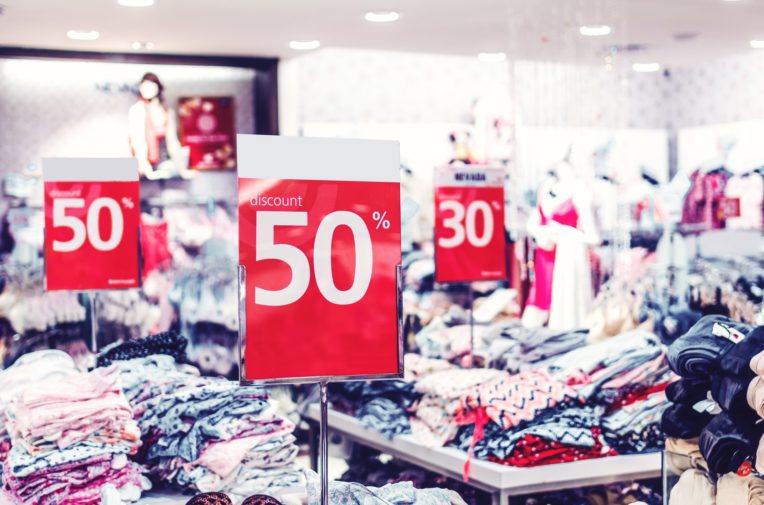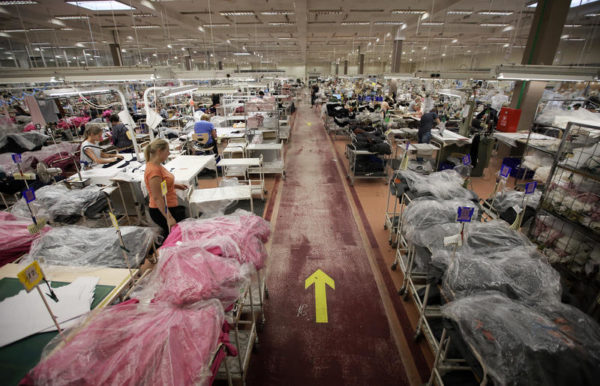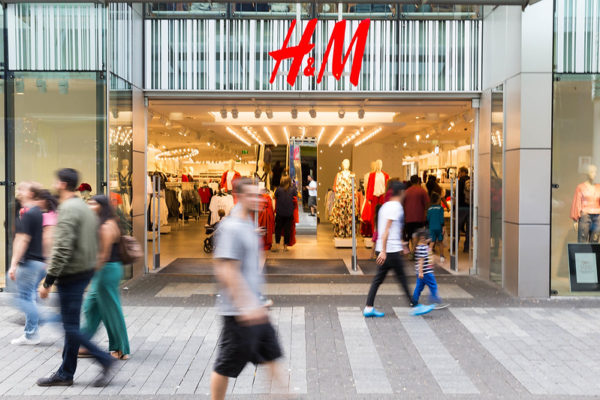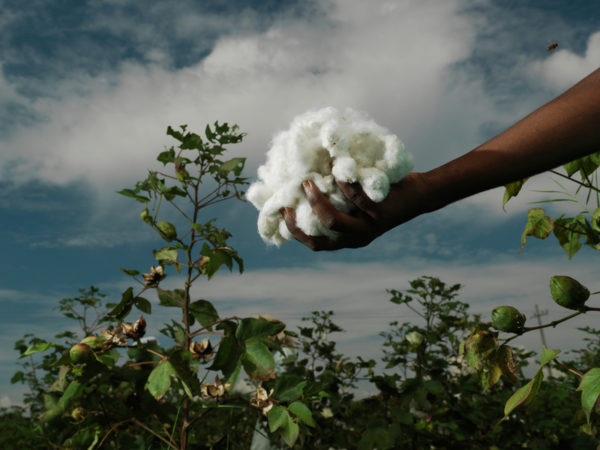
The fashion industry's environmental footprint is spiralling out of control due to over consumption and over production. Photo: Artem Beliaikin/Pexels
Greenwash watch: can the fashion industry become sustainable?
The UK fashion industry is highly polluting and the government won’t intervene. As Black Friday dawns, we examine what brands claim to be doing about the climate crisis
Greenwash watch: can the fashion industry become sustainable?
The UK fashion industry is highly polluting and the government won’t intervene. As Black Friday dawns, we examine what brands claim to be doing about the climate crisis
The fashion industry's environmental footprint is spiralling out of control due to over consumption and over production. Photo: Artem Beliaikin/Pexels
A carbon footprint equal to Europe’s. A garbage truck of clothes landfilled or incinerated every second. Nearly £30m of unsold stock burnt to protect Burberry’s brand image. The fashion industry is no stranger to environmental abuses.
As Black Friday dawns, consumption trends continue to grow- and so too does the environmental price tag. Last year a cross-party group of MPs challenged the government to do something about it. Their report – by the Environmental Audit Committee said that the fashion industry is in desperate need of a new business model that is not based on overproduction, or environmental and human rights abuses.
But the government said the industry is able to clean up its own mess.
So what is the industry doing and is it actually effective?
Reducing emissions
The fashion industry is one of the world’s largest polluters, with a footprint equivalent to Europe’s.
Yet only Levi’s and American Eagle have committed to reducing emissions so that they are compatible with the 2015 Paris Agreement, according to a report by environmental organisation Standearth.
Off the back of its incineration scandal, Burberry has also committed to making significant environmental savings, putting it in joint third place alongside H&M on Standearth’s list.
But Standearth’s analysis, which measures commitments to reduce emissions, rather than the cuts themselves, reported that many of these targets fall short of the 40% emissions reduction necessary to cap warming at 1.5 degrees.
There is also a fundamental problem with how brands report their emissions. Although over 50% of the fashion industry’s emissions occur in supply chains, the majority of brands only report the annual carbon footprint of their own site, if they report anything at all.

Sustainable certification schemes
At the moment, the only bodies attempting to get the industry’s emissions under control are voluntary schemes like the Sustainable Clothing Action Plan (SCAP).
The government promotes SCAP and funds the waste charity WRAP that launched it in 2012. SCAP aims to cut the water and carbon footprints of the UK clothing market by 15%, the amount of waste by 3.5% and the amount sent to landfill by 15%.
It represents 58.5% of the UK clothes market, but of its 80 signatories, fashion brands are a minority: just 11 fashion brands, including ASOS, Topshop, Primark and M&S, have joined SCAP. The rest of the signatories are players in the fashion industry who are not retailers.
While on average, SCAP signatories are on track to meet their water and landfill targets, efforts to reduce carbon emissions have plateaued since 2015 at around 11.9%. As of 2017, signatories have on average only made a 1.1% saving to their waste targets.
SCAP signatories don’t face any consequences for failing to meet their targets but Professor Tim Cooper, Head of the Sustainable Consumption and Clothing Sustainability research groups at Nottingham Trent University thinks it still makes a difference.
“There is a cultural side to their work,” he told Unearthed. “Even the companies that don’t sign up to SCAP read about it. They will not be wanting to fall too far behind those companies that are a bit more committed.”
Take back schemes
Take back schemes encourage customers to bring their old and unwanted clothes into stores, often irrespective of where the clothes were initially bought. The clothes are then either resold or recycled into lower grade items such as mattress insulation or industrial wipes.
But in return, many shops offer vouchers or rewards schemes – that incentivise customers to buy yet more clothes.

For example, at H&M for every £5 reward customers earn from a take back scheme, they have to spend £25 or more to redeem it. The clothes recycling app reGAIN, gives customers vouchers for as many as 70 different stores as a reward for recycling just 10 items.
The people we are targeting don’t need to be encouraged to buy more because they keep buying like crazy
H&M told Unearthed that the vouchers are an incentive that can help them to “guarantee that none of that clothing waste will end up in landfill,” and that the £25 minimum spend prevents customers from making impulse purchases.
reGAIN’s CEO Jack Ostrowski rejected the idea that his app encourages customers to buy more clothes. “The people we are targeting don’t need to be encouraged to buy more because they keep buying like crazy,” he told Unearthed.
Some schemes have become quite popular. M&S raised £22m for Oxfam over the past decade through its shwopping scheme. But to put that in perspective, their home and clothing sales generated £3.5bn revenue in the 2018 financial year alone. And shwopping too rewards customers with either loyalty points or £5 vouchers for purchases over £35.
“It almost encourages more of the same behaviour,” said John Atcheson, founder of Stuffstr, an app that resells second-hand clothes.
“I feel vindicated. I’ve done the right thing, I’ve recycled it. So now I’ll buy another thing, wear it twice and throw it in the bin.”
Recycled & sustainable fibres
Many fashion brands are experimenting with sustainably sourced and recycled fibres.
Nasty Gal, part of the boohoo group, has devised a vintage range with these fibres, but this collection of less than 50 items represents less than 1% of their collection.
Brands across the industry from ASOS to Burberry have joined schemes like the Better Cotton Initiative, a global non-profit that aims to source more sustainable cotton for clothing.

In theory clothes recycling reduces the amount of waste in the industry, but a huge proportion of garments are still not recycled.
Mixed fibre garments cannot be recycled, while the mechanical recycling process shortens the fibres in single fibre clothes so much that the majority of textiles can only be recycled once, according to the Textile Recycling Association.
The small proportion of clothes that do get recycled into new clothes are met with mixed reviews. In written evidence submitted to the Environmental Audit Committee, JD Sports said that selling recycled fabrics at its customers’ price point compromises the durability of its products, while NEXT claimed that recycled fibres are unpopular with customers.
“The industry cannot really recycle its way out of the problem,” Francois Souchet, the head of Ellen MacArthur’s Make Fashion Circular Initiative told Unearthed.
“Even if you get towards better materials, if you design better products, you still keep increasing the overall impact of fashion,” Souchet said. “Addressing overproduction and the idea that growth only happens by producing more is absolutely necessary.”




